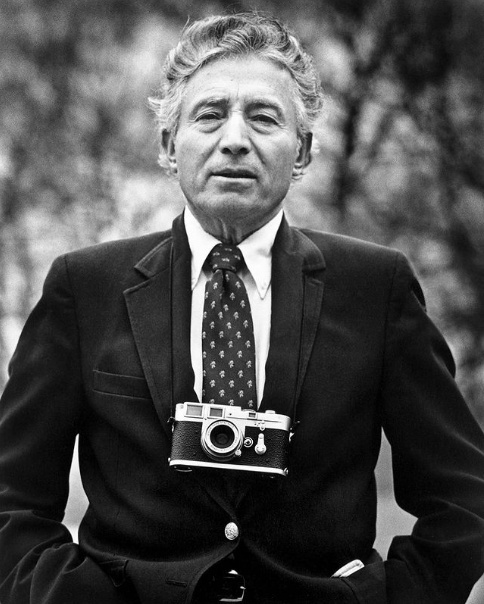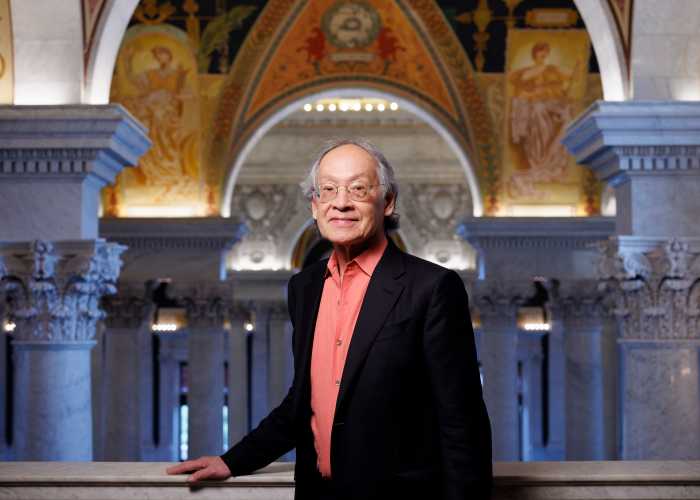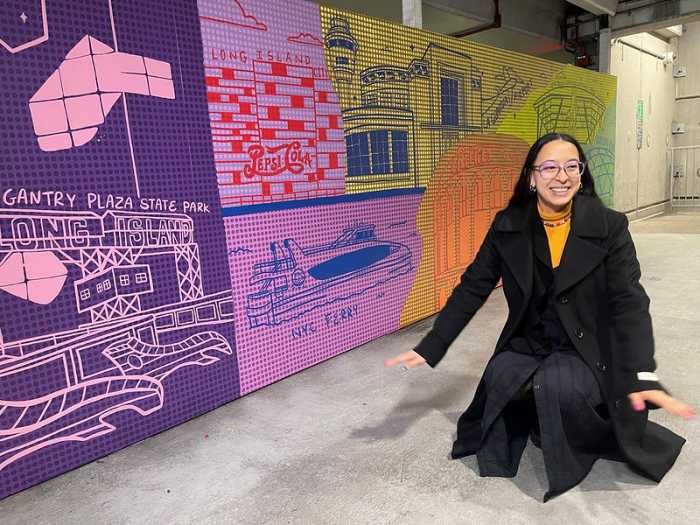A memorial service will be held in Long Island City Wednesday for Tony Vaccaro, a world-renowned fashion, celebrity and wartime photographer who died on Dec. 28 – just eight days after he celebrated his 100th birthday.
Vaccaro, a trailblazer in the industry, snapped icons such as Sophia Loren, Pablo Picasso as well as former U.S. President John F. Kennedy during his decades-long career.
He was also known for harrowing photographs he took while he fought during World War II. The war hero served as a private in the 83rd Infantry Division of the U.S. Army on the battlefields in Europe. He was shot and injured twice and received a purple heart.
Vaccaro used army helmets to develop his film at night and then hung the prints on tree branches to dry. He also documented the post-war carnage in Europe with his camera.
Vaccaro passed away at his home in Long Island City with his family by his side. His memorial service will take place at 10-15 46th Rd. from 3 to 6 p.m.
“Tony loved people more than anything and saw the best in everyone,” the family posted on his Instagram page while announcing his death. The account is managed by his daughter-in-law Maria.
“Tony wanted to reach 100 more than anything and he did. After his big birthday he told us, ‘Now I can rest.’”
Vaccaro’s birthday was celebrated in the local Italian restaurant Manducatis Rustica, located at 46-35 Vernon Blvd., where the photographer was a regular and close friend of Gianna Cerbone, the owner of the establishment. Cerbone posted a video of the event online where she interviewed many of the attendees who spoke of their fondness for Vaccaro.
A collection of Vaccaro’s photographs are on display in the restaurant.
His birthday celebration followed a five-day photo exhibition in Manhattan showcasing the best of Vaccaro’s work. The display, called “Tony Vaccaro: The Centennial Exhibit,” was hosted by the Monroe Gallery, a New Mexico-based gallery of photography.
Some of the exhibits included a World War II photograph of a dead soldier whose body is partly covered by snowfall. Vaccaro came upon the fallen soldier the morning after he died only to realize it was Private Henry I. Tannenbaum, a friend of his from New York.
Other photographs include a soldier kneeling to kiss a little girl during a celebration in a newly liberated French town in 1944 while in another image after the war, Vaccaro snapped a distraught German soldier on his return home. The photograph is titled “Defeated Soldier.”
“If I had to pick one image that I love more than the rest is my ‘Defeated Soldier,’” Vaccaro said while commenting on the photograph in 2021.
“After the war, German soldiers were depicted negatively. Here is a young German soldier returning home finding only rubble where his home used to be. His family, wife and children were all killed. We must not divide ourselves — Germans, French, Italians we are all the same no matter what country we are from or color of our skin. When you cut me we all bleed the same blood.”
View this post on Instagram
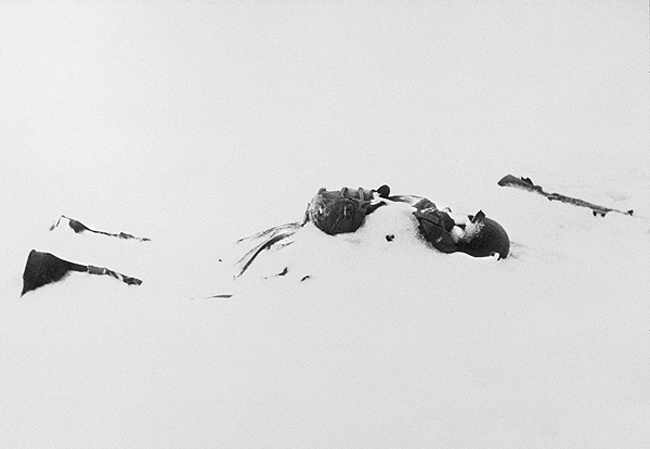
The trauma of the war and its aftermath left an indelible mark on Vaccaro and he vowed that he would never again bring a camera to war. When he returned to the U.S. in 1949, he embarked on a career in fashion photography and documenting famous figures in art and film.
He worked for magazines including Life, Look, Time, Newsweek, Harper’s Bazaar, Town & Country and Flair. Some of his subjects also included the Eisenhower family, Georgia O’Keeffe, Eartha Kitt, Jackson Pollock, Frank Lloyd Wright, Greta Garbo, Maria Callas, Federico Fellini and French couturier Hubert de Givenchy.
He strove for naturalism in his fashion shoots and sought to remove anything artificial.
“I put my subjects in an environment — their favorite environment — and then I took photos,” Vaccaro said previously.
In a promotional video for The Centennial Exhibition, he said that patience was one of his most important attributes in being a successful photographer.
“That’s why very often I was the best photographer because I waited for the right moment,” Vaccaro said.
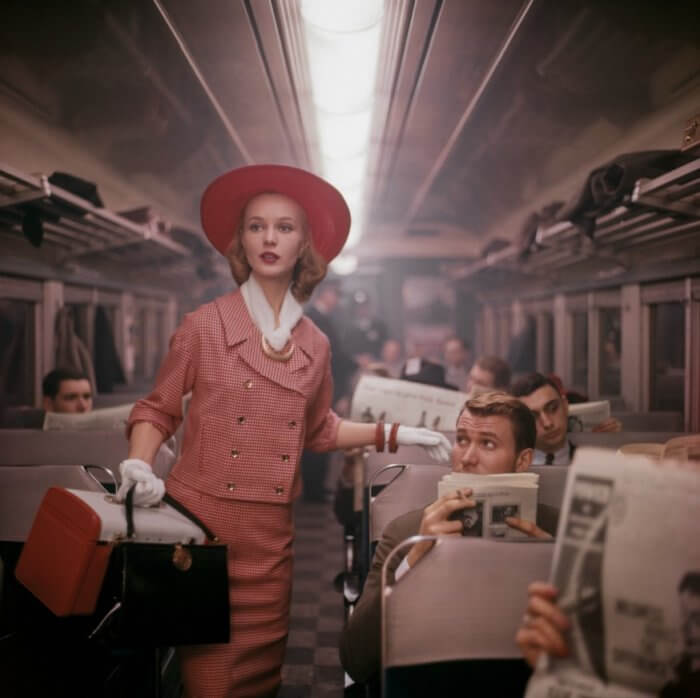
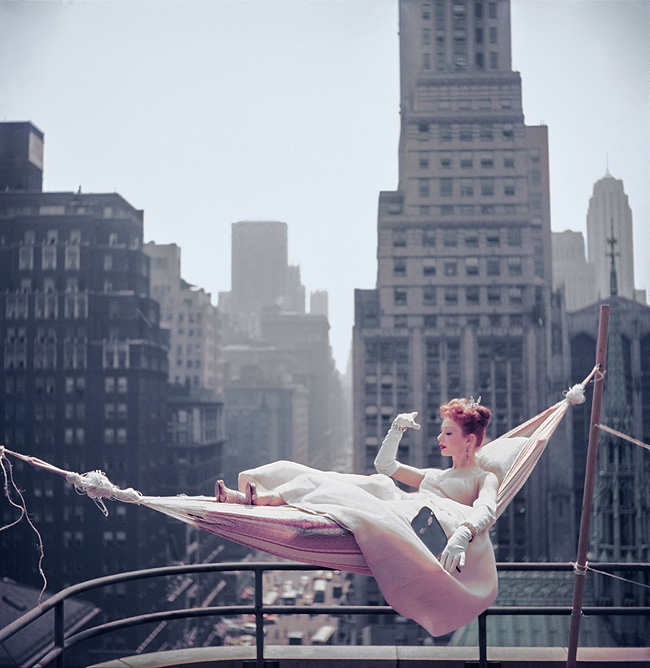
Vaccaro was born in Greensburg Pennsylvania on Dec. 20, 1922, to Italian parents. He spent his early childhood in Italy after his family had to flee the States under threats from the Mafia.
By the age of 5, both of his parents had died, and he went to live with an uncle and aunt. His sisters were taken to an Italian orphanage.
“I was raised by my uncle, who physically abused me,” Vaccaro told the New York Post in December. “But he did give me my father’s box camera, and my love for photography was born.”
Vaccaro and his siblings returned to America before war broke out in Europe and lived together in New Rochelle, in Westchester County.
He attended Isaac E. Young High School before being drafted into the U.S. Army in 1944. He fought in Normandy, Belgium, Luxembourg and Germany, taking pictures along the way.
In 1994, the 50th anniversary of the D-Day landings, Vaccaro was awarded the French Legion of Honor, among many other awards and recognitions.
His photographs and experience of the war were the subjects of a 2016 HBO documentary called “Underfire, The Untold Story of Pfc. Tony Vaccaro.” The documentary was nominated for an Emmy Award.
Vaccaro is survived by his sons Frank and David from his marriage to Anja Lehto — a former fashion model from Finland — and two grandsons. Vaccaro and Lehto separated in 1979; she died in 2013.

